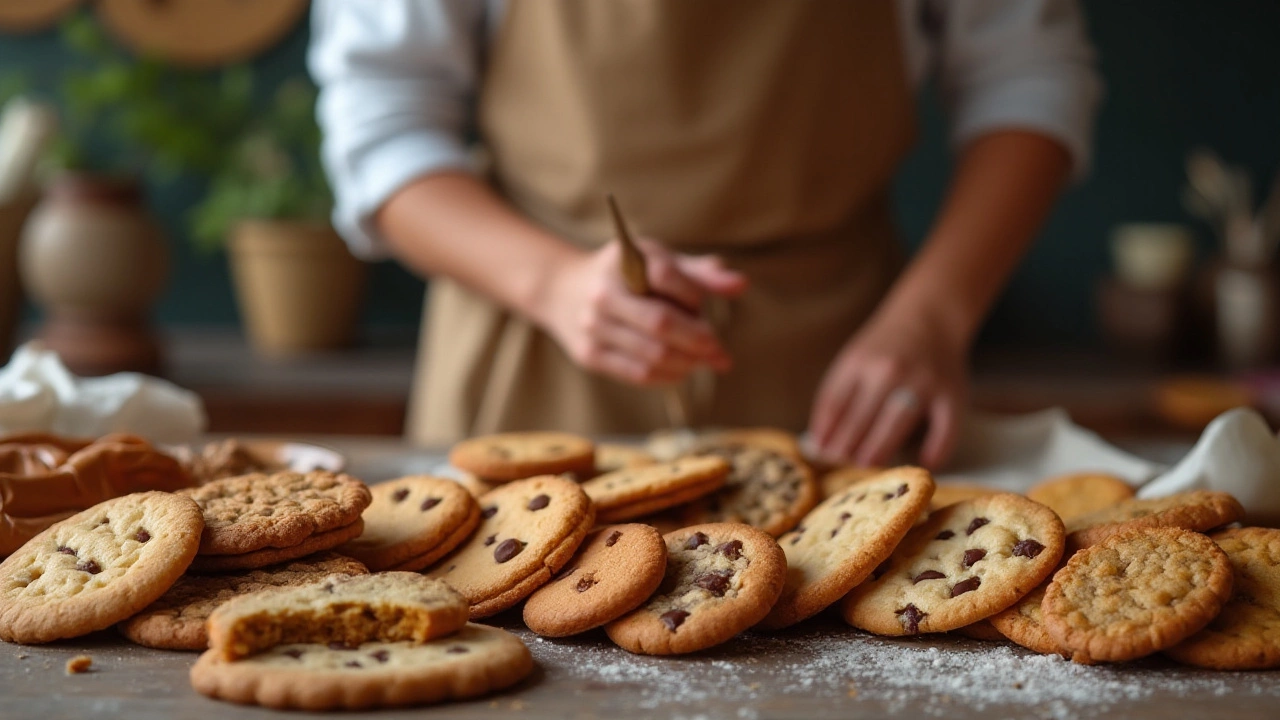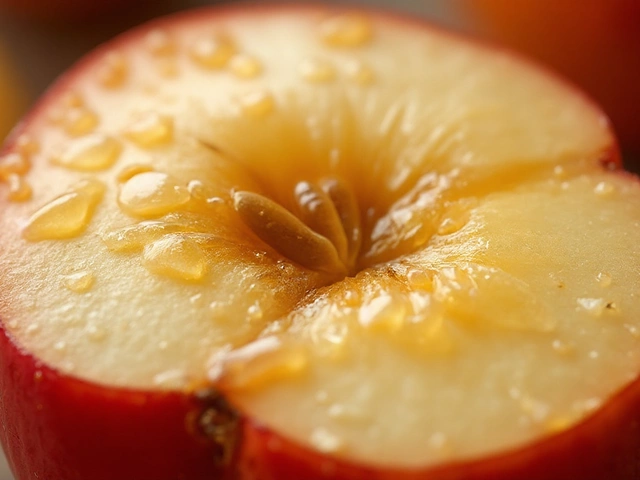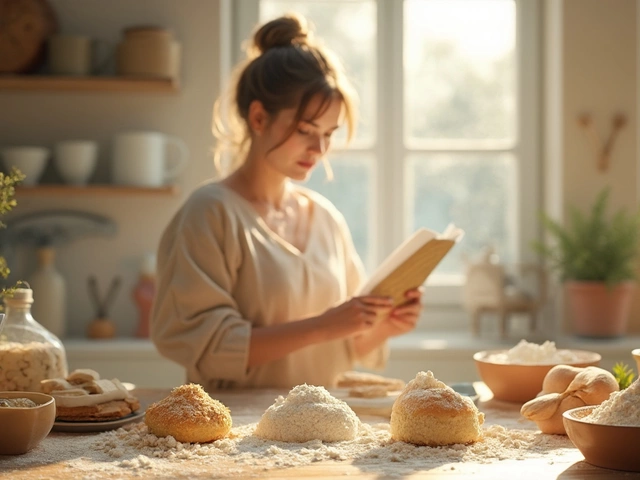Favorite Cookies: Simple Tips for Chewy, Puffy, and Perfect Bites
Who doesn’t love a fresh, warm cookie straight from the oven? Whether you crave a soft, chewy center or a light, airy bite, the secret isn’t magic – it’s a few clear rules and a bit of science. Below you’ll find the basics that turn any recipe into a batch of your new favorite cookies.
The Science Behind a Good Rise
When a cookie rises it’s not just about fluff. Leavening agents like baking soda or powder release gases that push the dough upward. Too much can make the cookie cake‑like; too little leaves it flat. Temperature matters too – a hot oven gives a quick burst of steam, creating that puff you love. If you’ve ever wondered why a cookie spreads too much, check the balance of butter and sugar. More butter means more spread, while a higher protein flour holds shape better.
Three Must‑Follow Baking Rules
1. Measure Ingredients Accurately
Use a kitchen scale or level the cup when measuring flour. A heaping spoon adds extra gluten, making cookies dense. The same goes for sugar – a little more can cause over‑browning.
2. Chill the Dough
Cold dough keeps butter from melting too fast, which controls spread. A 30‑minute chill is enough for most recipes, but if you’re adding chocolate chips, a full hour gives the best texture.
3. Don’t Over‑Bake
Take the cookies out when the edges are set but the center still looks slightly soft. They finish cooking on the tray, so pulling them early prevents a hard, dry bite.
These three steps cover the biggest mistakes people make – under‑measured flour, warm dough, and over‑baking. Apply them to any recipe, from classic chocolate chip to oat‑raisin, and you’ll see a noticeable upgrade.
Looking for inspiration? Check out our guide on why cookies rise – it breaks down leavening agents and oven tricks in plain language. Pair that with the expert guidelines for perfect cookie baking, and you’ve got a solid foundation for any flavor you want to try.
Want a quick fix for a flat cookie? Sprinkle a pinch of baking soda on the dough before shaping, or add a tablespoon of cornstarch to the flour mix. Both help create a lighter interior without changing the taste.
Finally, remember that every oven behaves a little differently. A simple oven thermometer can save you from surprise hot spots that cause uneven browning. Adjust the rack position if the tops brown too fast – the middle of the oven usually offers the most even heat.
Now you have the basics, the science, and the proven rules. Grab your favorite mix, chill the dough, and pull those cookies out at just the right moment. Your next batch will be the one you brag about to friends and revisit again and again. Happy baking!

The Number One Homemade Cookie: A Journey into Global Favorites
Discover the world's favorite homemade cookie and learn about its global variations that make it so beloved. From the classic chocolate chip to internationally adored treats, we'll explore what puts these cookies at the top of everyone's list. This article includes interesting facts, history, and baking tips to elevate your own cookie-making. Perfect for cookie enthusiasts or bakers looking to try something cherished worldwide.
View More




